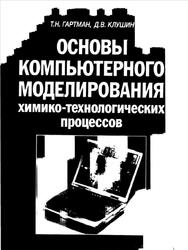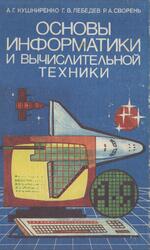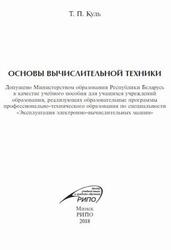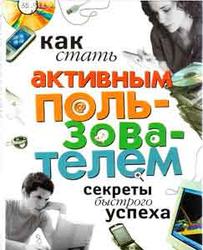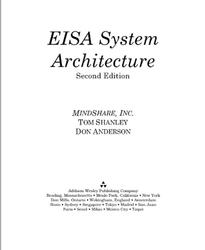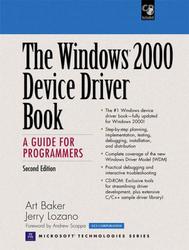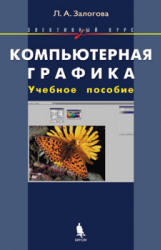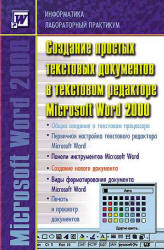Programming the Microsoft Windows Driver Model, Walter Oney, 2003.
Microsoft Windows Driver Model (WDM) поддерживает Plug and Play и обеспечивает мощные возможности управления. В этой книге, написанной опытнейшим экспертом в области разработки драйверов Уолтером Они совместно с командой разработчиков ядра Windows, вы найдете все необходимое для понимания процесса написания драйверов: подробные практические примеры, иллюстрации, советы и построчный анализ примеров кода. В книге рассмотрены подробности драйверных технологий, начиная с Windows 98 и заканчивая Windows XP, а также представлена дополнительная информация по отладке драйверов.
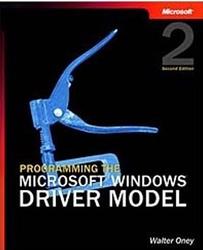
A Brief History of Device Drivers.
The earliest PCs ran on an Intel processor chip that provided addressability for 640 KB of “real” memory—so called because the memory was really there in the form of memory chips that the processor addressed directly by means of a 20-bit physical address. The processor itself offered just one mode of operation, the so-called real mode, wherein the processor combined information from two 16-bit registers to form a 20-bit memory address for every instruction that referenced memory. The computer architecture included the concept of expansion slots that brave users could populate with cards purchased separately from the computer itself. The cards themselves usually came with instructions about how to set DIP switches (later, jumpers between pins) in order to make slight changes in I/O configuration. You had to keep a map of all the I/O and interrupt assignments for your PC in order to do this correctly. MS-DOS incorporated a scheme based on the CONFIG.SYS file whereby the operating system could load real-mode device drivers for original equipment and for add-on cards. Inevitably, these drivers were programmed in assembly language and relied to a greater or lesser extent on the INT instruction to talk to the BIOS and to system services within MS-DOS itself. End users perforce learned how to invoke applications via commands. Application programmers perforce learned how to program the video display, keyboard, and mouse directly because neither MS-DOS nor the system BIOS did so adequately.
Later on, IBM introduced the AT class of personal computers based on the Intel 80286 processor. The 286 processor added a protected mode of operation wherein programs could address up to 16 MB of main and extended memory using a 24-bit segment address (specified indirectly via a segment selector in a 16-bit segment register) and a 16-bit offset. MS-DOS itself remained a real-mode operating system, so several software vendors built DOS extender products to allow programmers to migrate their real-mode applications to protected mode and gain access to all the memory that was becoming available on the market. Since MS-DOS was still in charge of the computer, driver technology didn’t advance at this point.
Бесплатно скачать электронную книгу в удобном формате, смотреть и читать:
Скачать книгу Programming the Microsoft Windows Driver Model, Walter Oney, 2003 - fileskachat.com, быстрое и бесплатное скачивание.
Скачать chm
Ниже можно купить эту книгу, если она есть в продаже, и похожие книги по лучшей цене со скидкой с доставкой по всей России.Купить книги
Скачать книгу Programming the Microsoft Windows Driver Model, Walter Oney, 2003 - chm - Яндекс.Диск.
Дата публикации:
Теги: учебник по информатике :: информатика :: компьютеры :: Walter Oney
Смотрите также учебники, книги и учебные материалы:
Следующие учебники и книги:
Предыдущие статьи:

